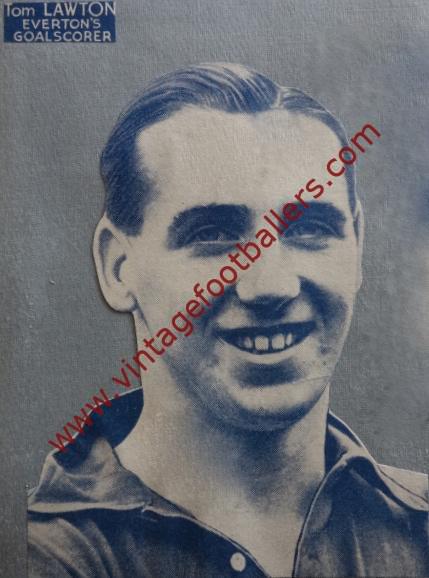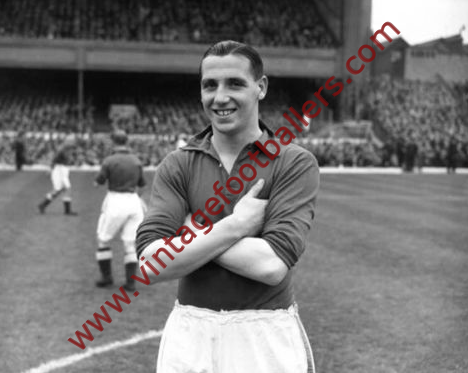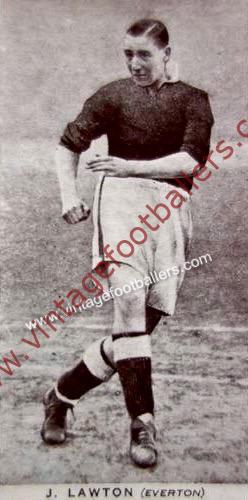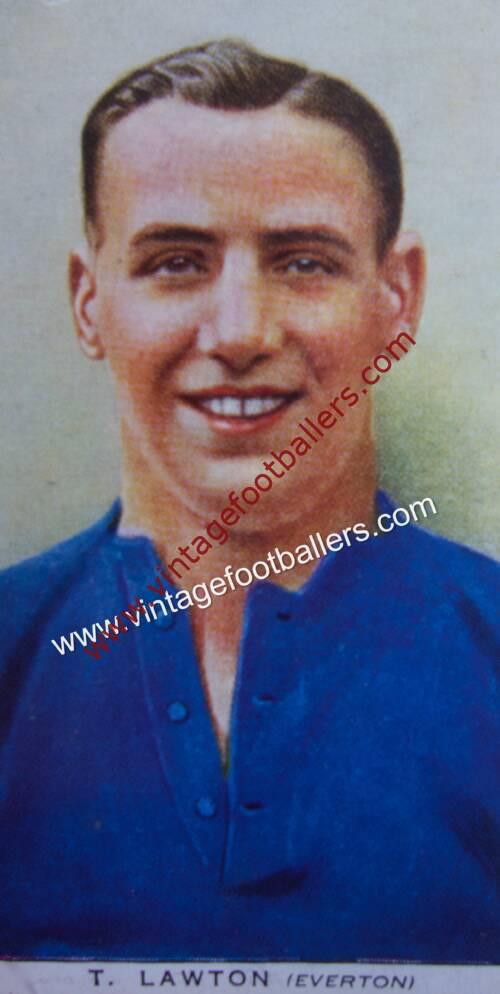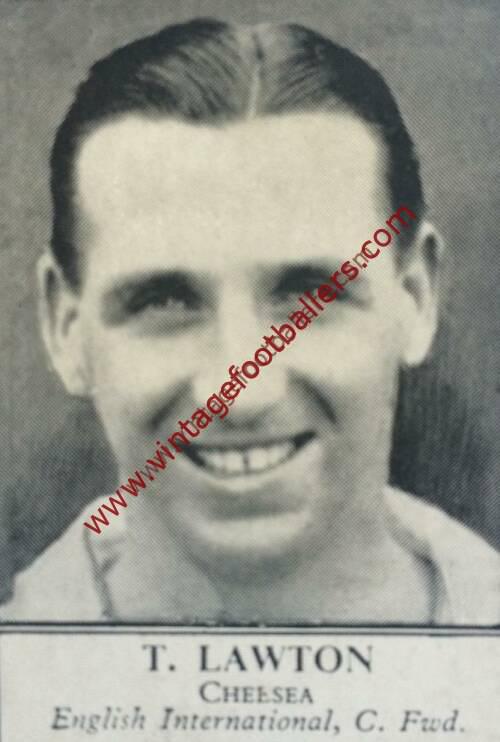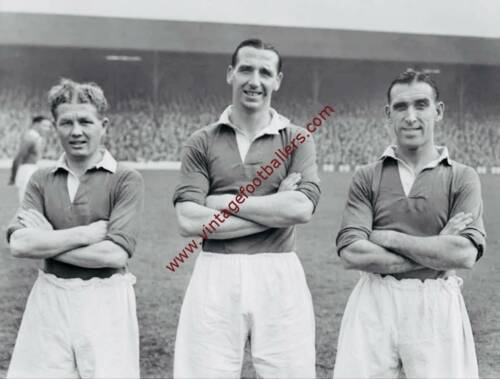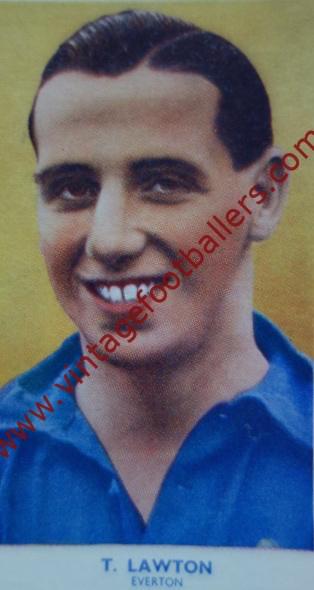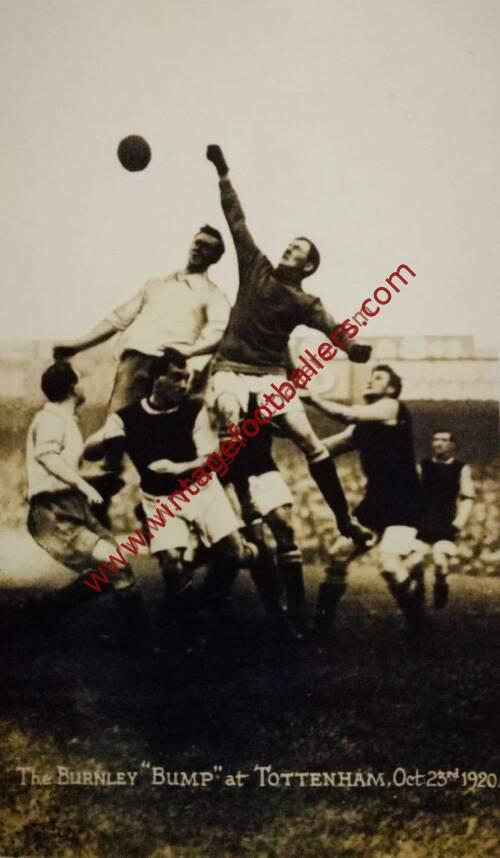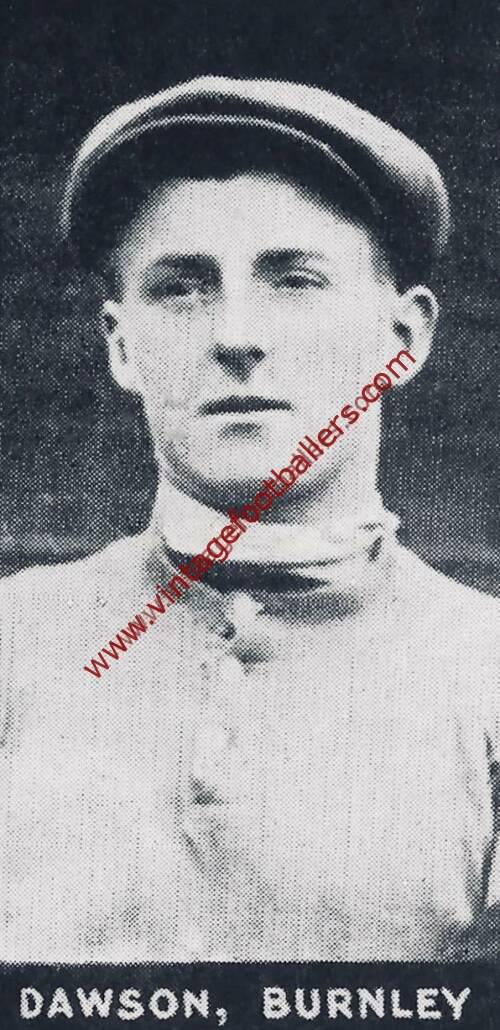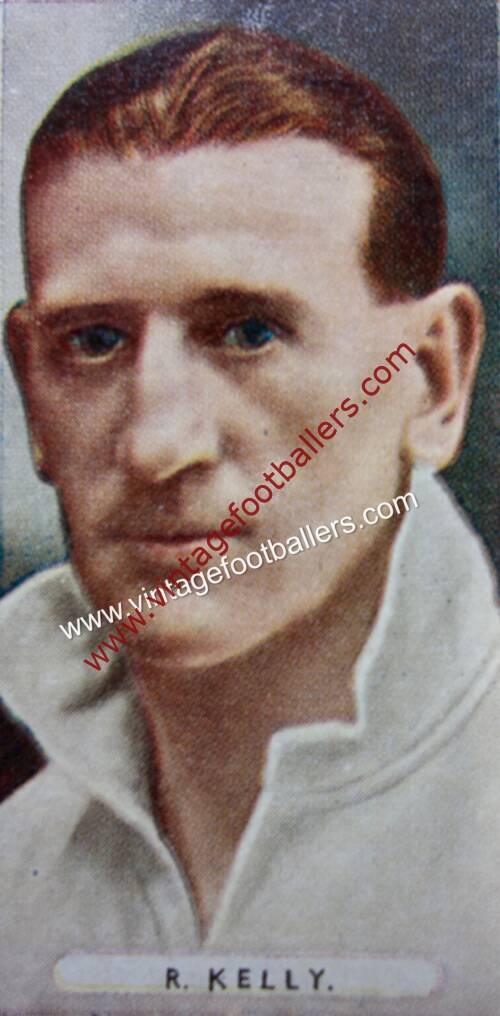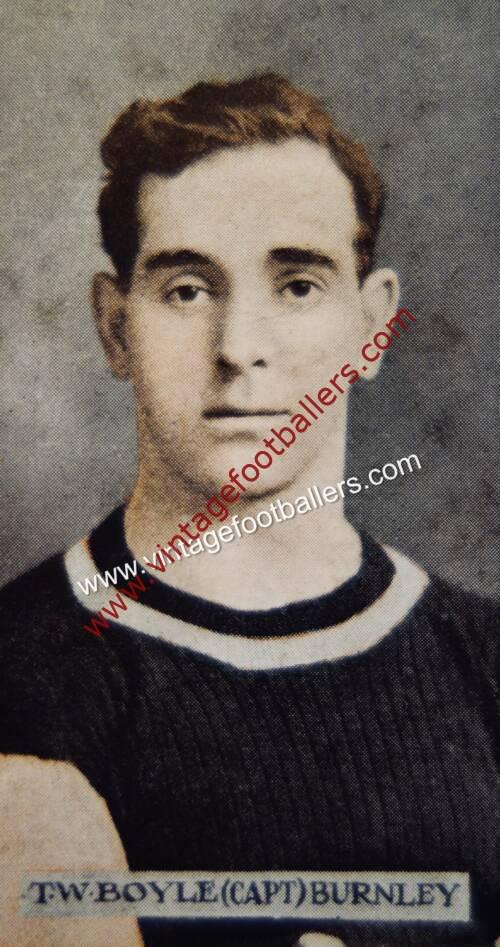Please choose your photo size from the drop down menu below.
If you wish your photo to be framed please select Yes.
Note: 16″x 20″not available in a frame.
Images can also be added to accessories. To order please follow these links
£8.95 – £49.95
In stock
Please choose your photo size from the drop down menu below.
If you wish your photo to be framed please select Yes.
Note: 16″x 20″not available in a frame.
Images can also be added to accessories. To order please follow these links
Farnworth, Lancashire born centre forward and double centurion goalscorer Tommy Lawton was a considerable star of British football in the 1930’s, 1940’s and 1950’s, who began his football career with Rossendale United, from where he signed for Second Division Burnley in 1935 making his Football League debut as a 16 year old in March 1936 against Doncaster Rovers, before he’d turned professional, which he did that October on his 17th birthday. He scored his first hat-trick against Tottenham Hotspur in October 1936 and was soon attracting the attention of Everton who paid a remarkable £6,500 for the 17 year old in January 1937.
An astonishing 28 goals followed in his first full season and 38 goals the following season, Lawton finishing as the First Division’s top scorer for the second successive season, as Everton won the last League Championship before the suspension of peacetime football due to the outbreak of the Second World War. In their Championship season he twice scored 4 goals, including in an FA Cup tie win over Doncaster Rovers, and in a 4-4 draw with Middlesbrough at Ayresome Park, in addition to a hat-trick against the same opponents at Goodison.
He won his first England cap in October 1938 scoring against Wales in a defeat at Ninian Park, Cardiff, and he had won 8 caps scoring in each of his first 6 internationals before the War. He also made 3 appearances for The Football League scoring 4 goals. He played 98 games for Everton scoring 74 goals. Lawton later remarked that “I’m convinced that if it hadn’t been for the War, we’d have won the Championship again, the average age of those players was about 24 or 25”.
Lawton continued to play for both Everton and England during the War. However the FA decided to not award full caps for England appearances, and as a result his 24 goals in 23 international games were not counted in statistics for the official England team. As was common for footballers during the conflict, he also made guest appearances for a number of clubs besides Everton, including Leicester City, Greenock Morton, Chester City, Aldershot, and Tranmere Rovers. He was called up to the British Army in January 1940, and his status as an England international saw him recruited to the Royal Army Physical Training Corps.
He also played for the British Army team and his Area Command team. He was posted in Birkenhead, which allowed him to frequently appear for Everton. On Christmas Day 1940, he played for Everton against Liverpool at Anfield in the morning and for Tranmere Rovers at Crewe Alexandra in the afternoon. Explaining this later, he said, ‘The Tranmere people came into the dressing room and asked if anyone wanted to play as they were two men short. I said, “Go on, I’ll help you out.” And I did.’ In 1942 he scored a hat-trick for England in a 5-4 win over Scotland at Hampden Park. Later in the year he scored six goals for Aldershot in a 9-0 win over Luton Town. On 16th October 1943, he scored four goals for England in an 8-0 victory over Scotland at Maine Road.
After the War, having handed in a transfer request at Everton, he signed for Chelsea for £14,000 in November 1945, and Lawton scored 30 goals in 1946-47 including a hat-trick at Huddersfield Town in December 1946, but a fall out with Chelsea manager Billy Birrell saw him sensationally sign for Third Division Notts County for a world record fee of £20,000 in November 1947 after 35 goals in 53 games at Stamford Bridge.
He made the surprise decision to drop down two divisions so as to be reunited with manager Arthur Stollery, his former masseur and friend at Chelsea, and because he was promised a job outside of football upon his retirement by vice-chairman Harold Walmsley. Walmsley told the Nottingham Guardian Journal that “we are prepared to spend to the limit to put this old club back where it belongs”.
He scored two goals on his home debut, a 4-2 win over Bristol Rovers in front of 38,000 spectators at Meadow Lane, a huge increase on previous home games of typically 6,000 to 7,000 supporters. At Notts County he became the second player from the lowest league to play for England after Ernie Simms, winning his final cap in September 1948 and totalling 22 goals in 23 appearances including twice scoring 4 times in a match, against The Netherlands in November 1946 and Portugal in May 1947. He also scored 24 goals in 23 wartime internationals.
Powered by his 31 League goals, Notts County were promoted as Champions to the Second Division in 1950, and he was eventually sold in March 1952 to Brentford for £15,000 after 103 goals in 166 games. Lawton was appointed as player-manager in January 1953 but his 18 months at Brentford yielded only 17 goals in 53 games as the strains of management had a negative impact on his form.
His career would have a spectacular end with a return to the First Division with Arsenal, signing for The Gunners in September 1953 for £7,500 plus James Robertson who was valued at £2,500. He was signed by manager Tom Whittaker, who had previously found success in bringing in veterans such as Ronnie Rooke and Joe Mercer. At Highbury Lawton suffered from injury and scored 15 goals in 38 games for The Gunners. He scored a hat-trick against Cardiff City on the opening day of the 1955-56 season, before he announced his decision to leave Arsenal to pursue a career in management eight games into the campaign. He ended up with 265 career club goals which surely would have been nearer 400 had he not lost six seasons to the War.
He later reflected:
“More than 20 years of soccer. What glorious years. Years that all the money in the world couldn’t buy. I have been lucky. I have played with great clubs; I have escaped serious injury; I have played for my country; I have even captained my country; I have won many of the game’s top honours. Soccer has been good to me and I hope that I have repaid the game in some small way. I have had great experiences. I have met some wonderful people. I have memories that nobody can take away from me. If I could turn the clock back 20 years, I would still go into the game as a full-time professional and I can say to any lad who is contemplating a career in football: Go ahead son … providing you are willing to work and work hard and providing you are willing to learn the craft thoroughly. You will meet some of the grandest fellows you could ever wish to meet and you will have a pleasant, healthy life and be quite well paid for it.”
An Arsenal director helped Lawton to secure the position of the player-manager at Southern League side Kettering Town. He took up the role at the club on wages of £1,500 a year in the summer of 1956. At the helm he thereafter signed several footballers such as Jim Standen of Arsenal, Amos Moss of Aston Villa, Jack Wheeler who had played for Huddersfield Town and Brentford’s Jack Goodwin. He was also successful in bringing to Kettering Fulham’s Bob Thomas, Harry McDonald who was previously with Crystal Palace and Sunderland’s Geoff Toseland. During his debut season as manager, 1956-1957, Kettering found themselves ten points clear at the top of the table by Christmas. As a result of this success, in January 1956 he turned down an approach from Notts County. Lawton then went on to foster Kettering towards their winning of the Southern League title in 1956-57 by eight points. Out of Kettering’s 106 league goals, Lawton scored 15.
He was appointed as Notts County manager in May 1957, controversially replacing caretaker-manager Frank Broome. Broome, who had steered the club away from being relegated from the Second Division, was installed as his assistant manager. He found it tedious making new signings due to financial constraints on the part of the club. He did though take on forwards Jeff Astle and Tony Hateley as apprentices, who would both go on to have long careers in the First Division. Lawton agreed to go without his wages for six months so as to improve the club’s finances. County were however relegated at the end of the 1957-58 season, finishing one point short of safety, and Lawton was sacked.
After a spell out of football he returned to Notts County to work as a coach and chief scout from 1968 to 1970 but he was sacked after new manager Jimmy Sirrel decided to appoint his own backroom staff. His desperate financial position by this time became a matter of public record and in 1972 a testimonial match was organised by Everton on Lawton’s behalf. Brentford also organised a testimonial match for him in May 1985.
Lawton was widely regarded as the finest centre forward of his generation and was never booked throughout his career. He boasted a strong physique and good ball control skills, as well as a great passing range and a powerful shot. He was naturally right-footed, though worked to improve his left foot to a good enough standard to be considered a two-footed player. His greatest strength though was his ability to head the ball, as he possessed muscular legs to give himself a strong jump and long hang-time, and was also able to time his jumps to perfection. Stanley Matthews surmised that “Quite simply, Tommy was the greatest header of the ball I ever saw.”
| Weight | N/A |
|---|
